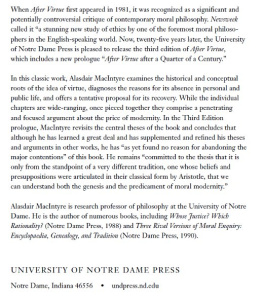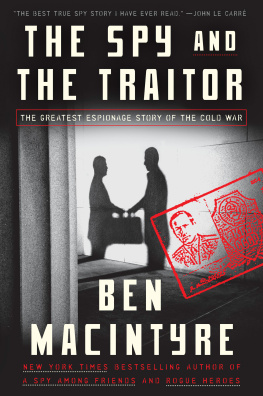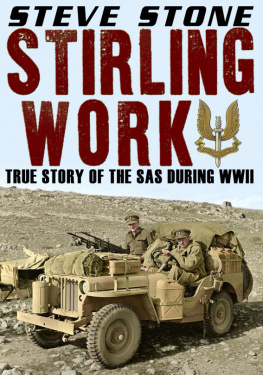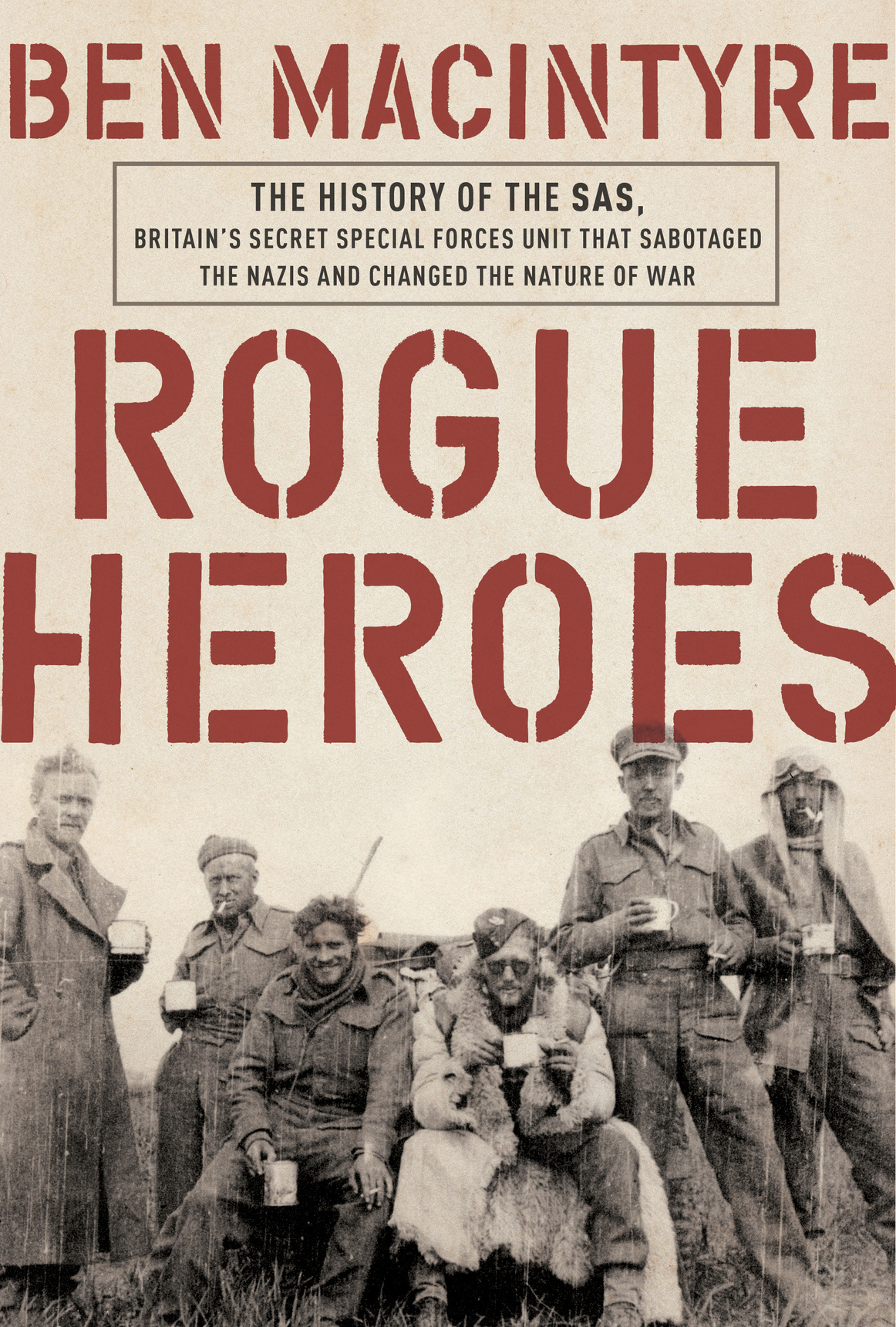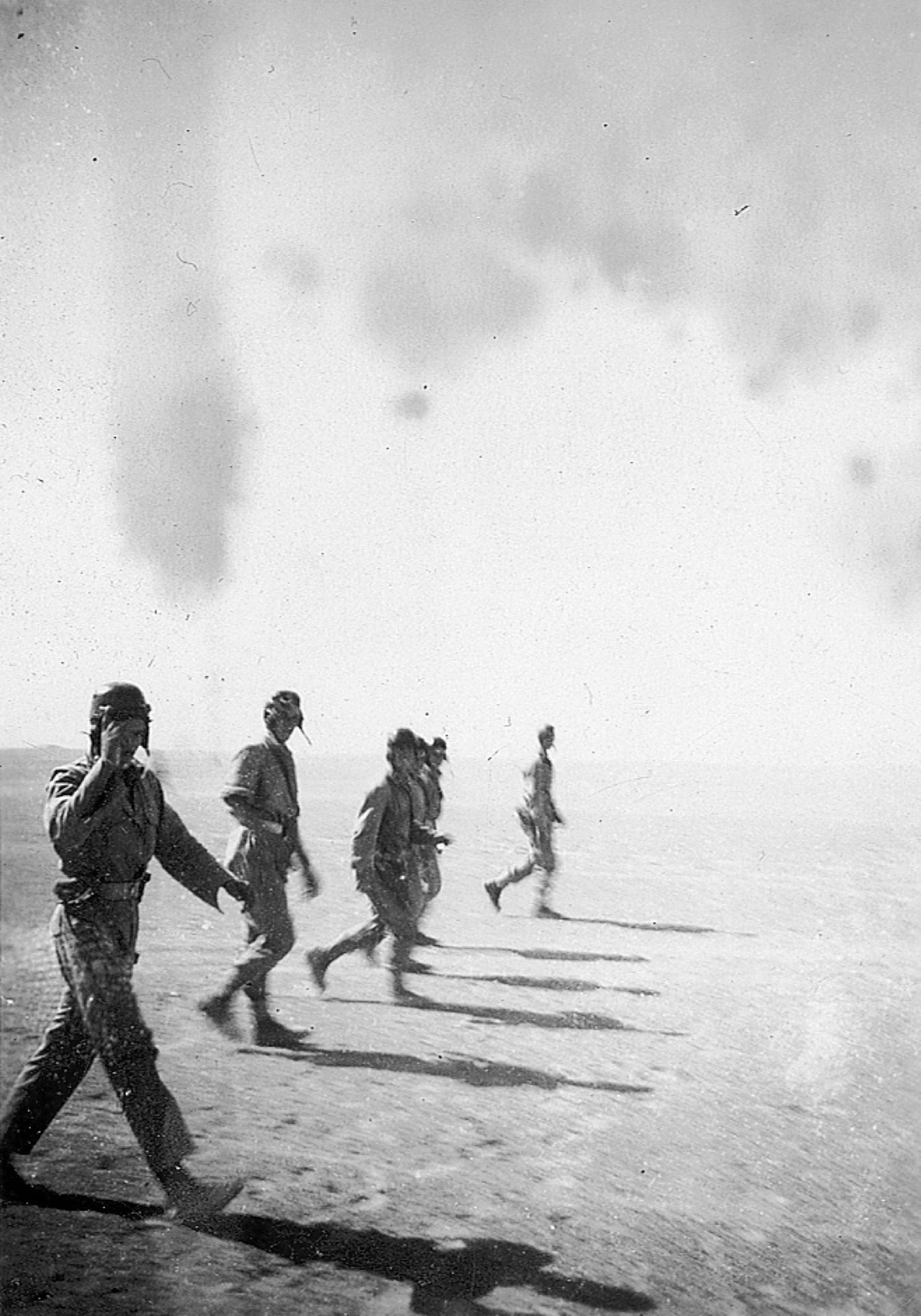Copyright 2016 by Ben Macintyre Books Ltd.
All rights reserved.
Published in the United States by Crown, an imprint of the Crown Publishing Group, a division of Penguin Random House LLC, New York.
CROWN is a registered trademark and the Crown colophon is a trademark of Penguin Random House LLC.
Simultaneously published in the UK by Viking, an imprint of Penguin Random House UK, and in Canada by Signal, an imprint of Random House Canada.
Photography credits can be found on .
Library of Congress Cataloging-in-Publication Data is available upon request.
Many books have been written about the origins and formative years of the SAS during the Second World War, and most are excellent in their own way.
Here, however, for the first time, is the full early story of the SAS based on our own Second World War Diary, personal accounts of those involved, and never-before-released archive material. Ben Macintyre has drawn together a gripping tale which follows the Regiments exploits through North Africa, to Sicily and Italy, before D-Day saw it in France and then the final thrust deep into Germany taking SAS jeep patrols to the shores of the Baltic.
Joining 22SAS on its formation in 1952, I was privileged to command the Regiment from 1967 to the end of 1969. I had the good luck to know David Stirling well, together with many of the Originals such as George Jellicoe, David Sutherland, Pat Riley, and Jim Almonds.
I believe the author has done an outstanding job in capturing the audacity of the operations and teasing out the eccentricities of the very different characters involved; how they related to one another and fought together in these early operations was key to the success of the Regiment.
The darker side of war cannot be ignored and Macintyre does not shirk from exploring the effects on all involved as the fighting becomes bloodier and more desperate in the final months of the conflict. Events have also been placed in the wider strategic context of the war in Europe. This is important, as he recognizes both the core ethos of the SAS and the fact that its role and impact were strategic. This remains true to the present day.
The SAS in the Second World War became the blueprint upon which other special forces around the world are based. This is the first SAS authorized history. It is a cracking good read and made even more fascinating because it is true.
John Slim
Patron
The Special Air Service Regimental Association
Like war itself, battlefield courage takes many forms. This is a book about a style of warfare that was quite different from anything that preceded it, an unexpected species of hero, and perhaps a different sort of bravery.
The Special Air Service pioneered a form of combat that has since become a central component of modern warfare. It began life as a raiding force in the North African desert, but grew into the most formidable commando unit of the Second World War and the prototype for special forces across the world, notably the US Delta Force and Navy SEALs.
Yet throughout the war, and for many years afterward, the activities of this specialized regiment were a closely guarded secret. This book, describing the origins and wartime evolution of the SAS, has been written with full and unprecedented access to the SAS regimental archivesan astonishingly rich trove of unpublished material including top secret reports, memos, private diaries, letters, memoirs, maps, and hundreds of hitherto unseen photographs.
The most important single source has been the SAS War Diary. This is an extraordinary compilation of original documents, gathered by an SAS officer in 1945, bound in a single, leather-clad volume of more than five hundred pages. Held in secrecy for the next seventy years, it is now preserved in the SAS regimental archives.
This is an authorized history, not an official one; I have been generously aided by the SAS Regimental Association at every stage of its production, but the views expressed herein are entirely my own, and not those of the regiment. It is not a comprehensive history. If such a thing were possible, it would be unreadable. For reasons of space and continuity, I have tended to focus on key individuals and events; many men who played gallant roles in the early days of the regiment do not appear in these pages; a few major operations have been omitted, to avoid repetition, as have many minor ones. I have also given more prominence to the British elements of the SAS than their French, Greek, and Belgian counterparts. This is not a specialist military history but a book for the general reader, and I have tried to keep to a minimum the particulars of rank, unit numbers, medal awards, and other military details when these are not essential to the narrative. A full list of wartime SAS operations and the regiments roll of honor is included at the end.




